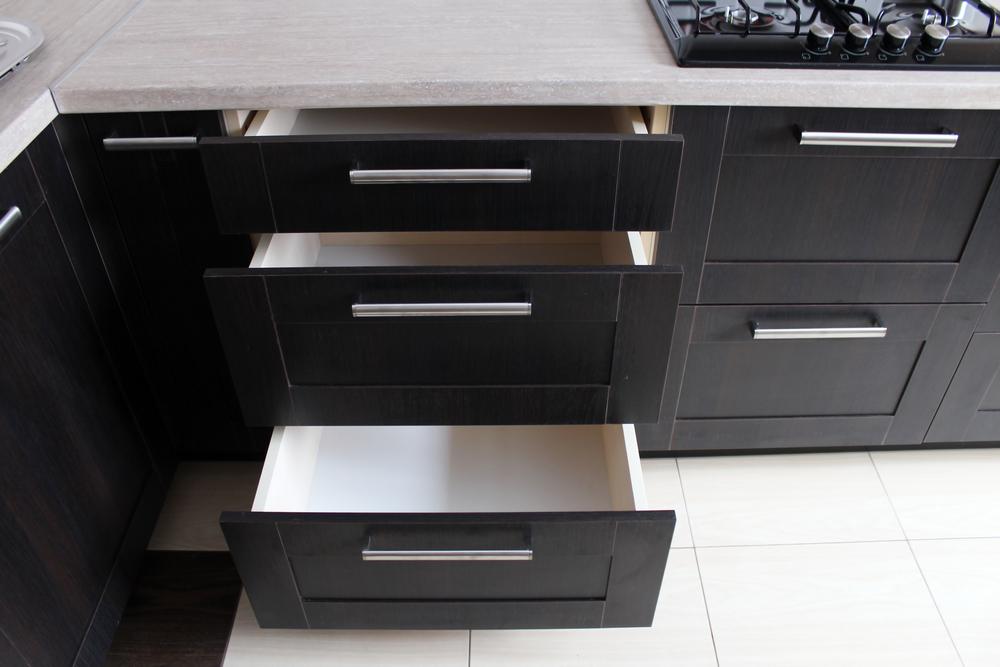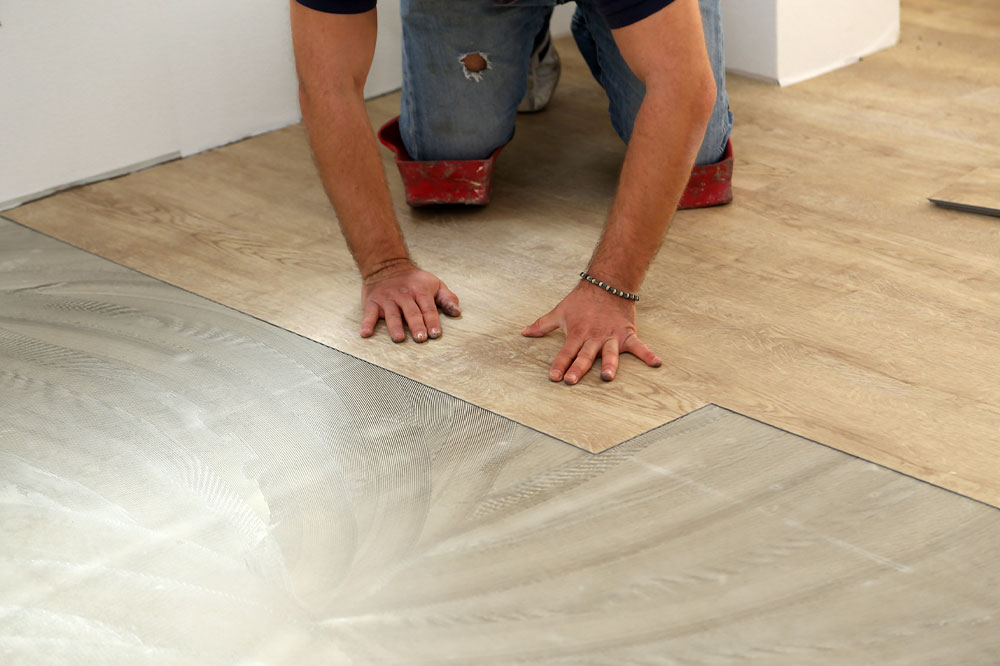Complete Guide to Assessing and Interpreting Roof Pitch
This comprehensive guide explains how to measure roof pitch, understand its significance, and choose appropriate roof styles. It covers tools and methods for accurate calculation, benefits, and considerations for different roof slopes. Ideal for homeowners, architects, and builders, it ensures informed decisions for durability, safety, and aesthetic appeal. Learn how roof inclination impacts energy efficiency, structural integrity, and maintenance costs, and explore various categories such as flat, low-slope, standard, and steep roofs for better planning. Essential reading for construction and renovation projects.

Complete Guide to Assessing and Interpreting Roof Pitch
When planning a new build, renovation, or house purchase, many emphasize visual appeal and interior design. Yet, the angle of the roof, known as roof pitch, significantly affects the home's overall performance. Learning how to measure it accurately, understanding its advantages, and choosing the appropriate roof angle are critical steps. This article covers everything from defining roof pitch to practical measurement techniques and analyzing different roof styles to help homeowners make well-informed choices.
What exactly is roof pitch?
Roof pitch, or inclination, describes the steepness or angle of a roof. It specifies the vertical rise in inches per foot of horizontal span, impacting water runoff, attic space, and structural integrity.
Typically, a higher value indicates a steeper incline.
The roof pitch influences several key features, such as storage capacity, material consumption, insulation efficiency, wind resistance, and lifespan.
Attic space
Steeper roofs provide more attic room thanks to increased vertical clearance.
Materials used
Higher pitches demand more roofing materials for proper coverage and support.
Energy efficiency
Properly inclined roofs promote natural ventilation, helping lower energy costs.
Wind resilience
Acute roof angles offer better protection against strong winds, especially in hurricane-prone zones.
Roof durability
Steeper slopes facilitate snow, rain, and debris runoff, extending roof lifespan.
Maintenance considerations
Steeper roofs may incur higher upkeep costs due to difficulty and safety concerns during repairs.
Roofs are categorized based on their slope to guide choices in materials and design.
Flat roofs
Minimal incline, less than 2/12, rising at least 1/4 inch per foot, typical in commercial buildings requiring waterproofing.
Low-slope roofs
With pitches from 2/12 to 4/12, these roofs are common for warehouses and modern commercial spaces.
Standard residential roofs
Pitches from 4/12 to 9/12 are familiar in residential homes, balancing aesthetic appeal with practicality.
Steep-pitch roofs
Angles exceeding 9/12 offer a striking appearance with excellent runoff, popular in contemporary architectural designs.
How to measure roof pitch?
Accurately measuring roof pitch assists in structural design and material selection. First, get comfortable with these terms:
Roof span
The horizontal distance between the exterior walls, including sheathing, which defines the width of the roof.
Rafter run
The half of the roof span that a rafter must cover horizontally.
Roof rise
The vertical distance from the center of the span to the peak, indicating the height of the roof.
Measuring the pitch
Divide the roof rise by the rafter run to find the slope ratio. Use tools like roof pitch gauges or online calculators for accuracy, inputting measurements or blueprints to determine precise slopes. This ensures compliance with building standards.
Calculating rafter length using these tools guarantees your roof adheres to local codes and structural safety standards.
Manual measurement method
To measure manually, determine the horizontal run from the edge to the center and the vertical rise from the lowest point to the peak. Divide the rise by the run, then multiply by 12 to get the pitch ratio in standard form.
Important note:
Our website provides extensive information across multiple categories, offering practical insights based on research. However, these articles are meant for informational purposes only. Always consult local building codes and professionals to verify your measurements and plans. We do not assume responsibility for discrepancies or regional variations.


